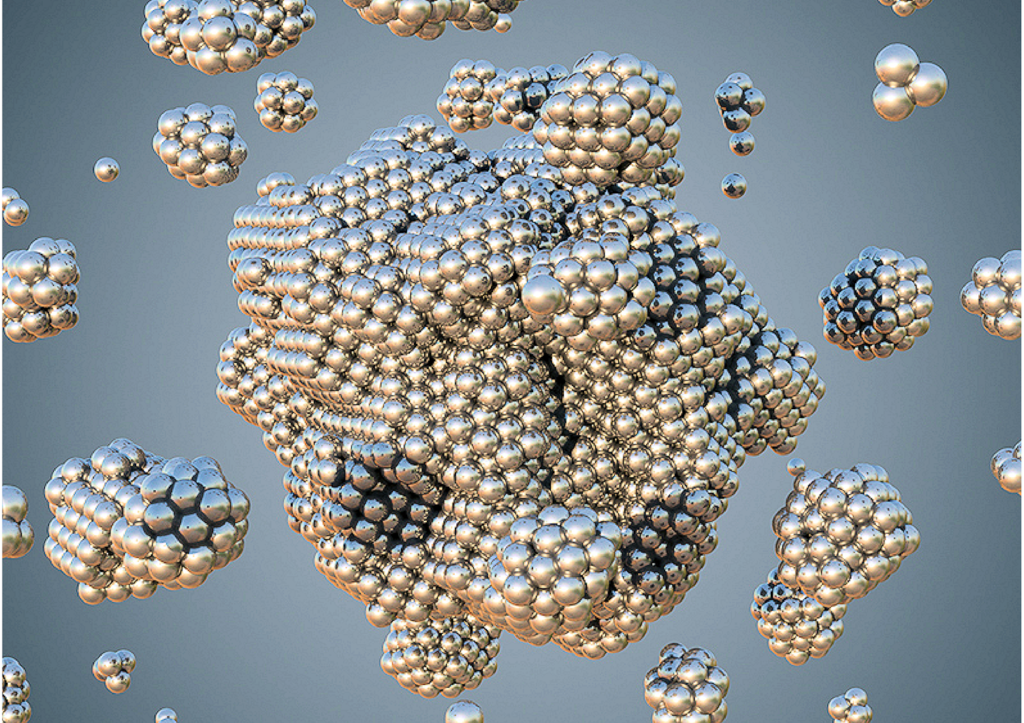In Silico Design of Metal Nanocatalysts

Surface imperfections are the key to enhancing nanocatalyst performance.
The design of nanostructured materials with applications in heterogeneous catalysis is a hot topic in research. It has already been well established that the size and morphology of individual nanoparticles determines their catalytic activity, and underpins their ultimate performance. In particular, the structure of the surface) which is heavily influenced by the synthesis and storage conditions) is critical, but the more imperfect the surface the better. The challenge comes when we want to control the type and degree of imperfection, rather than eliminating it.
This project aims to relate the formation of metallic nanoparticles (and subsequent structural evolution) under different experimentally relevant conditions (such as growth rates and temperatures) to the catalytic performance. By modeling the time-dependent nucleation and growth, using traditional molecular dynamic (MD) simulations in LAMMPS, we are generating large, targeted data sets for further data-driven research, and identifying important correlations between the synthesis conditions and the emergence of different surface defects. These defects can be classified based on their Surface Coordination Number (SCN) and related to different catalytic reactions, to quickly identify which condition will produce particles suited to specific applications.

Symmetry breaks early to produce imperfect particles form perfect seeds.
A key feature of this study is the ability to rapidly characterize large data sets using methods that are directly comparable to experimental characterization methods, such as simulated high resolution transmission electron microscopy (HRTEM) images, and diffraction patterns.
Our methodology is general, and suitable for homoelemental or bimetallic systems, and has already been applied to Pt, Pd and Ru.
For more information, contact Dr Amanda Barnard.
